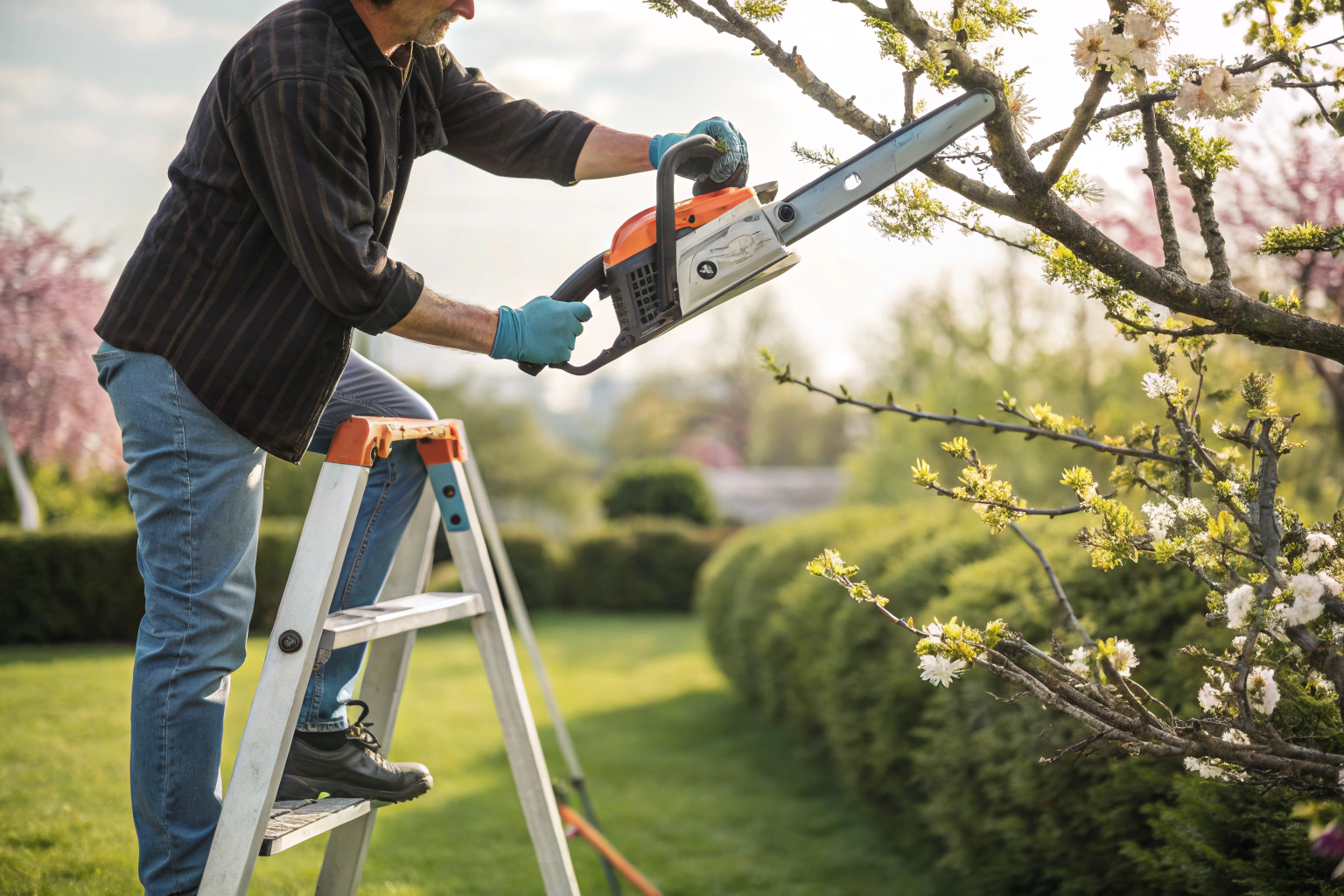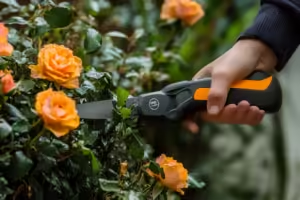
Ever stood in a store or scrolled through endless listings, wondering: should I go cordless or stick with a petrol chainsaw? I've been there. Here's what I’ve learned after years of working with both.
Cordless chainsaws run on rechargeable batteries, while petrol saws use fuel-powered engines. Cordless saws are quieter, easier to maintain, and eco-friendly, but petrol saws deliver more raw power and longer run times—especially for heavy-duty cutting.
If you’ve ever felt torn between convenience and performance, you’re not alone. A chainsaw isn’t just a tool—it’s a partner for the job. And choosing the right one means fewer headaches, smoother projects, and more control over your workday.
What are the disadvantages of electric chainsaws?
Electric chainsaws, whether corded or cordless1, are often praised for being clean and quiet—but they’re not perfect.
Electric chainsaws lack the power of petrol ones, struggle with thick hardwood, and can be limited by battery life or cord reach.

Let me break this down from my own experience.
Once, while trimming a stubborn walnut tree, my cordless chainsaw just couldn’t muscle through. The battery drained fast, and I ended up switching to my old petrol beast2 to get it done.
Corded electric chainsaws, while powerful, tether you to a plug—ever tried dragging an extension cord through dense underbrush? Not fun. And cordless models? They're getting better, sure, but for heavy, consistent work, thatbattery gauge becomes your enemy3.
So, unless you're working in an urban backyard with light branches, the limitations start to show. It's a trade-off: ease vs. endurance.
Are cordless chainsaws any good?
This is the question I hear the most—especially from first-time buyers looking to ditch the noise and fumes of petrol tools.
Yes, cordless chainsaws are good for light to medium-duty work. They're quiet, portable, and user-friendly—ideal for garden tasks and home DIY projects.
I remember when I got my first 21V cordless chainsaw from YOUWE. It was a test run—we wanted to see how it stacked up against traditional models. I trimmed five medium trees in my yard before needing a recharge. And the quiet? My neighbor didn’t even notice I was working.
Sure, I wouldn’t take it to a logging site, but for most garden jobs, it felt like cheating—it was that easy.
Here’s the best part:no fuel mixing, no carburetor fuss, and way less maintenance. Just charge, click, and cut.
What is an advantage of a battery operated chainsaw?
You’ve probably guessed a few by now, but there’s one advantage that’s made me a fan for life.
Battery chainsaws offer clean, instant startups with no fuel hassle, minimal noise, and fewer moving parts—making them great for quick, everyday tasks.
There’s nothing more frustrating than pulling a starter cord over and over—especially when you’re already sweating under the sun. Battery chainsaws? One button. That’s it.
And when you're working in residential areas or enclosed spaces like garages or sheds, not dealing with exhaust fumes makes a huge difference.
The bonus? Less wear and tear. Fewer mechanical parts mean fewer chances of something breaking. If you're not doing daily tree-felling, why wrestle with a petrol engine?
Are electric chainsaws better than battery chainsaws?
This one’s tricky because people often use “electric” to mean corded. So let’s be clear.
Corded electric chainsaws have more consistent power, but battery chainsaws are far more portable and flexible—making each better in different scenarios.

If you're near a power outlet and want endless run time for cutting firewood all afternoon, go corded. But if you're hopping between spots, trimming branches in the field, or don’t want to lug around 30 meters of cord, battery wins.
Here’s how I think of it:
| Situation | Better Choice |
|---|---|
| Small garden pruning | Battery chainsaw |
| Heavy log cutting | Corded or petrol saw |
| Remote or off-grid jobs | Battery or petrol |
| Budget-conscious buyers | Corded electric |
Every tool has its stage. And when you know where you’ll be performing, choosing gets easier.
What are the disadvantages of electric saw?
We touched on this earlier, but let’s go deeper—because the challenges are real, especially for pros.
Electric saws often lack torque for heavy-duty jobs, rely on external power or limited battery life, and struggle in wet or extreme environments.
Once, during a landscaping job after a storm, my electric saw shorted out after just a few wet cuts. It wasn’t built for that kind of abuse.
Battery models are better sealed, but still—they’re not tanks. If you're in muddy, unpredictable terrain, you want something rugged. And while corded models deliver steady power, cords are a hassle in tight or cluttered spaces.
This is why many pros carry both types. There’s no one-size-fits-all. And understanding your workflow saves time, money, and a lot of frustration.
Which is the best cordless chainsaw?
A bold question—but I’ll give you a straight answer based on what’s worked for me and my customers.
The best cordless chainsaw balances power, battery life, and weight. Look for brushless motors, fast charging, and safety features. YOUWE’s 21V cordless chainsaw is a solid choice for professionals and DIYers alike.
I’m not just saying this because it’s my product. We built it because I couldn’t find what I wanted on the market. I needed something tough, compact, and reliable—but also affordable for folks like Deivis, who buy in bulk and rebrand for local markets.
With a high-efficiency brushless motor, overheat protection, and a quick-swap battery system, it’s made to work hard—and rest even harder.
Want to go lighter? Try the mini version. Need longer runtime? We’ve got 4Ah and 5Ah batteries. No fluff, just function.
Conclusion
Choosing between cordless and petrol isn’t about right or wrong—it’s about where, how, and what you’re cutting. I always say: the best chainsaw is the one that works when you need it to.
-
This helps readers understand why electric chainsaws are considered "clean and quiet" compared to gas-powered models. ↩
-
Clarifies why a petrol chainsaw may still outperform a cordless model in certain situations, helping readers choose the right tool. ↩
-
Informs readers about typical battery life in real-world, high-demand scenarios, helping set realistic expectations. ↩







